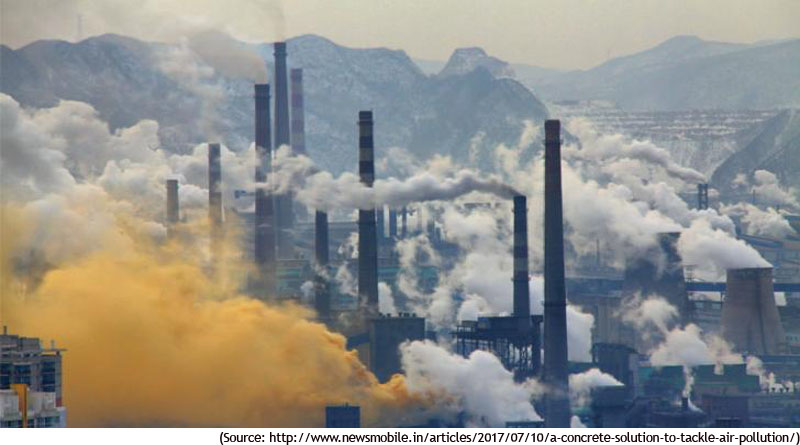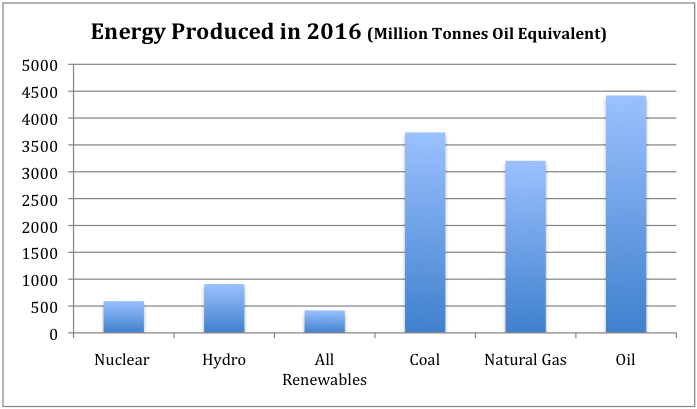A Brief View of Limiting The Rise Of Global Temperatures To 1.5°C

In a latest study published by Duke University, researchers claim that as many as 153 million lives could be saved worldwide in this century only if the governments step up their carbon reduction game and limit the rise in global temperatures to 1.5oC.
The study is the first to project the number of lives that could be saved city by city in 154 of the world’s largest urban areas.
As per the study the decrease in global temperatures could decrease premature deaths caused by pollution in cities on every inhabited continent, with Asia and Africa benefiting the most. Delhi and Kolkata are the two leading cities to benefit by avoiding approximately 4 and 4.4 million deaths, respectively. A total of 100,000 people could be saved in 80 cities around the world, with 13 cities in Asia and Africa projected to avoid 1 million deaths.
The study ran computer simulations of future emissions of carbon dioxide and associated pollutants, such as ozone and particulate matter, under three different scenarios. The first scenario comprised of simulating the effects of having accelerated reductions in carbon emissions with almost no negative emissions over the remainder of the century. The second scenario simulated the effects of allowing slightly higher carbon emissions in the near term but limiting the global temperatures to 2oC and lastly the third scenario simulated an even higher accelerated carbon emission reduction to limit the atmospheric warming to 1.5oC.
The data obtained from the three scenarios was matched with computer models based on decades of public health data on air-pollution related deaths. These results were then used to calculate and estimate the human health impacts due to pollution around the world.
The entire project underscores the shortcomings of the lowest-cost approach to reduce emissions. This approach allows emissions of pollutants to remain higher in the short-term, in hopes of it being off set by negative emissions in the future.
Dr.Shindell, professor of Earth Sciences at Duke University quoted: “The lowest-cost approach only looks at how much it will cost to transform the energy sector. It ignores the human cost of more than 150 million lost lives, or the fact that slashing emissions in the near term will reduce long-term climate risk and avoid the need to rely on future carbon dioxide removal. That’s a very risky strategy, like buying something on credit and assuming you’ll someday have a big enough income to pay it all back.”
The Paris Agreement altered its agreement to limit the rise in temperature to 1.5oC compared to its previous limit of 2oC. As per a statement by the UNDP in 2016 a goal of limiting the atmospheric temperature to 1.5oC would avoid economic losses by 2050 of $12 trillion or 10% of the worlds GDP. This goal could create 68% more energy related jobs in 2030 and help provide clean power to over 1.1 billion people who lack electricity. Keeping the temperatures limited to 1.5oC could reduce a full month length of extreme heat waves, save 10% of the worlds coral reefs and reduce key crop losses. A report published by the Environmental Research Letters earlier in the month found that reducing the global temperatures could prevent rise in sea levels in inundating areas where currently over 5 million people live. Currently the IPCC (Intergovernmental Panel on Climate Change) are working on a report, due later in the year addressing the following questions “What are the impacts of reducing the temperature to 1.5oC as compared to 2oC? What would it take to reach that goal? What are the trade-offs of the sustainable goals?” (One can read the statement released by IPCC regarding the report using the link given at the end of the article)
So, how far are we in terms of achieving this goal?
The 2017 annual Statistical Review of World Energy report by BP stated that the Carbon Emissions from energy consumption increased by 0.1% in 2016. making the carbon emissions essentially flat in 2016. This is largely due to China’s growing investments in renewables and reducing their CO2 levels by approximately 75% in the last 10 years. However, this is not enough to reach our goal of limiting the temperature to 1.5oC.
Renewables (including hydro and nuclear) only produced 1922 million tonne oil equivalent, out of a total of 13276.3 million tonne oil equivalent of energy produced in 2016. The UN Climate Change Body emphasizes that the world would need to cut 70% of its present greenhouse-gas emissions by mid-century in order to reach a limit below 2oC. To put it into perspective the world would need to develop 10-30 tetrawatts of clean energy by 2050 that means the world would need to construct almost 30,000 nuclear plants or set up 120 billion 250-watt solar panels.

The current incentive to invest in renewables is low, as the world has trillions of dollars sinking in thermal plants. The average American is willing to increase his/her electricity bill by $5 in order to save/find a solution to global warming compared to $10, 15 years earlier, as per a survey conducted by MIT & Harvard.
The UN reports a worst-case scenario of a 6oC raise in global temperatures by 2100 and judging by the way we are going achieving a limit of 1.5oC seems unattainable. In a statement given to the MIT Technology Review, Dr. Schrag (former climate advisor to Barak Obama) quoted that achieving 2oC (as a global temperature limit) is a pipe dream and we’ll be lucky to prevent raising the temperature by 4oC. A report by the University of Washington suggests that there is a 90% chance that the global temperature will raise by 2-4.9oC by 2100.
The world though is not deprived of miracles, with technology making advancements everyday. One might just find a solution for achieving this ambitious dream sooner rather than later. We can only hope he/she finds it before the end of this century.
Link for IPCC: http://www.ipcc.ch/news_and_events/st_sr15_sod_leak.shtml
Published on: Mar 26, 2018
![]()




